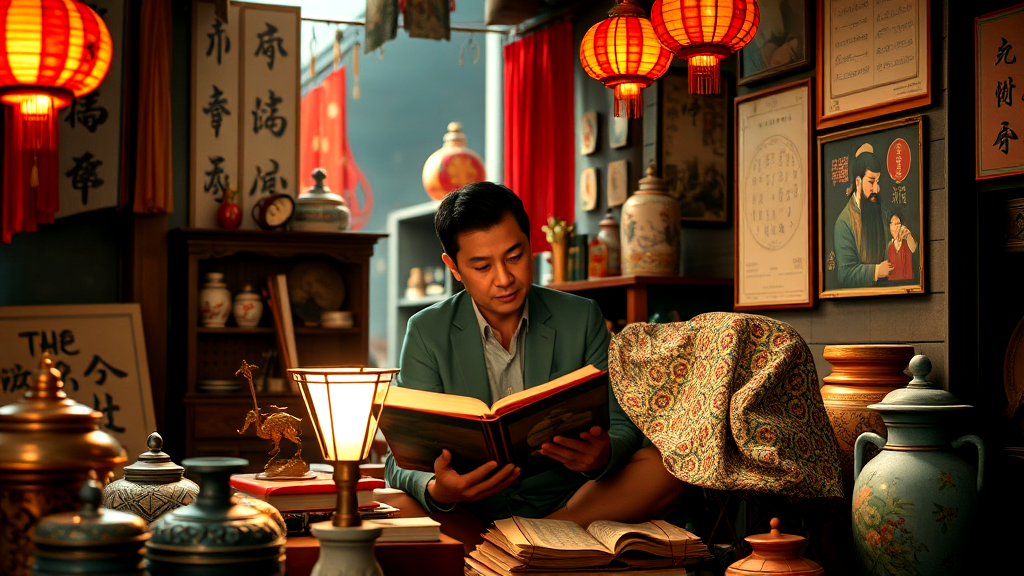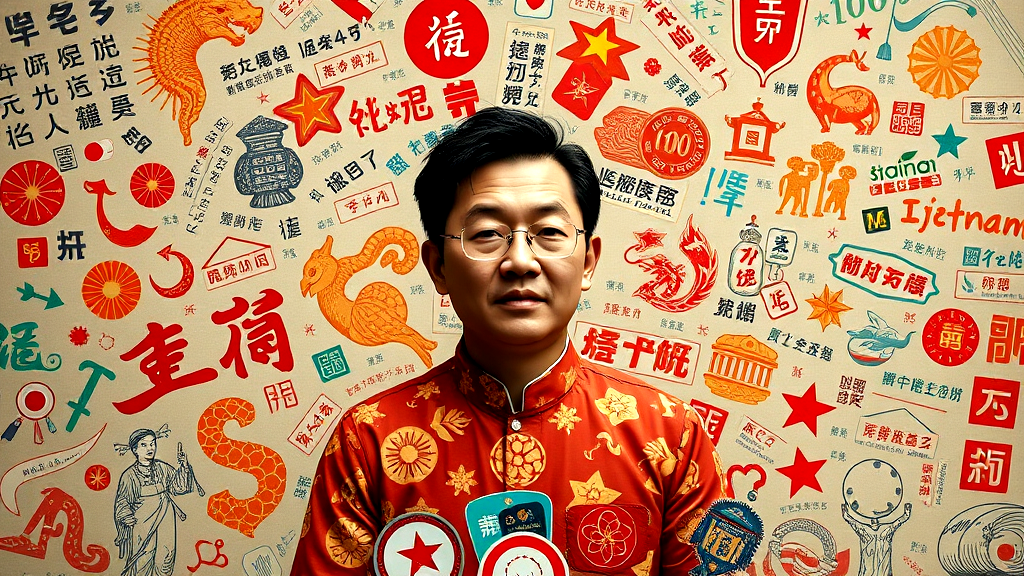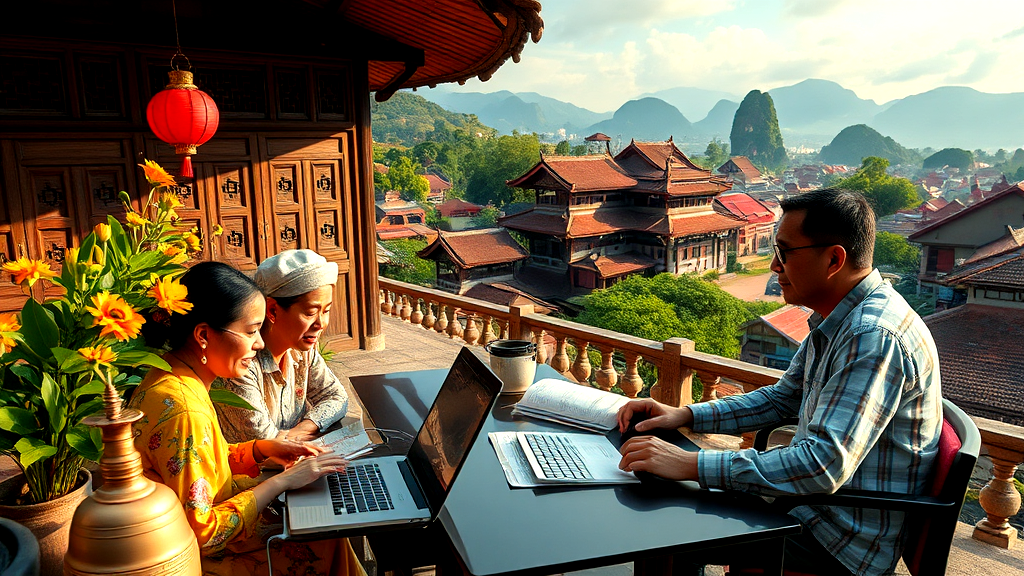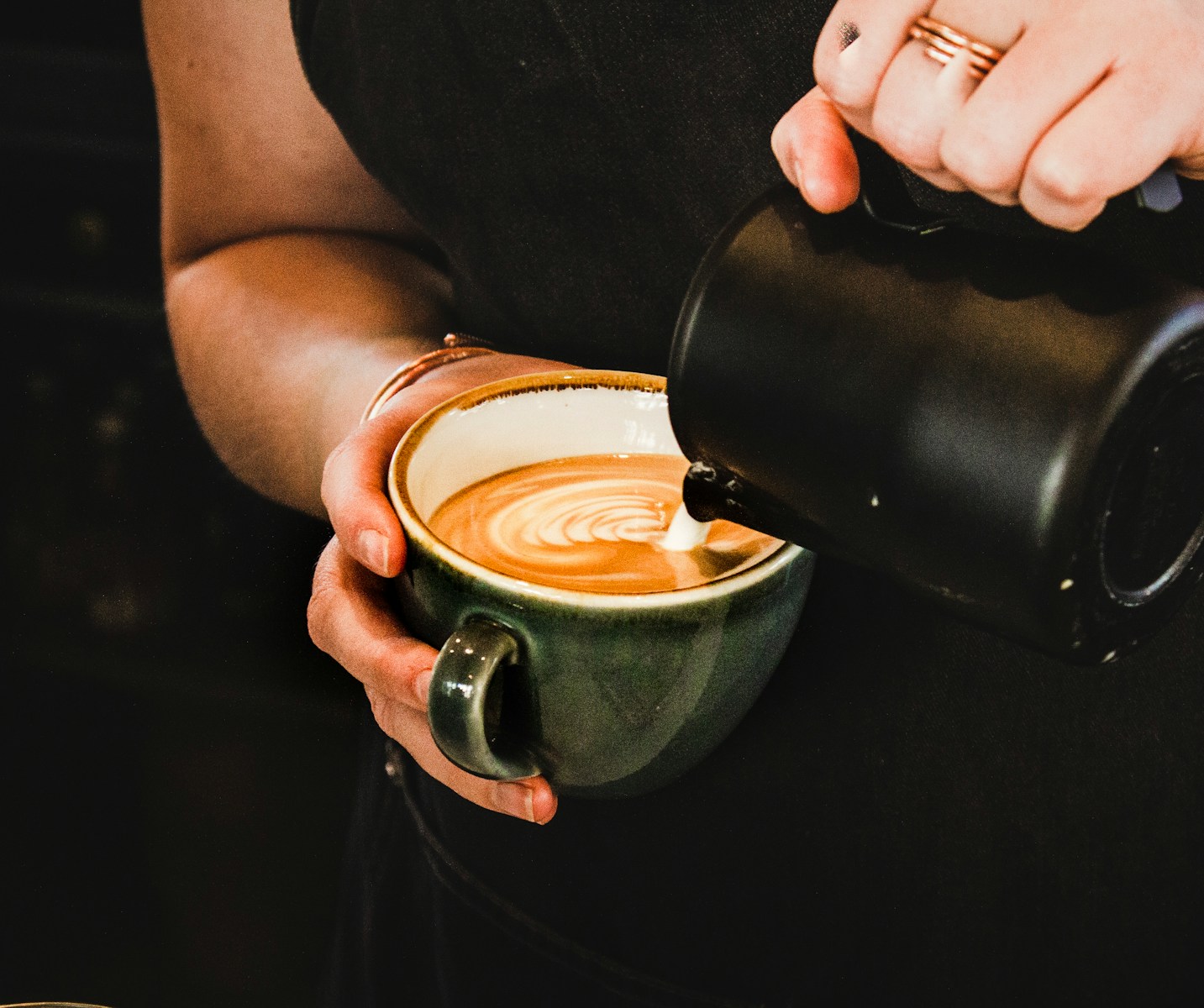Renewing the Art of Vietnamese Translation
When I first delved into Vietnamese translation, I found it akin to solving a captivating puzzle. Each phrase held layers of unseen meanings, waiting patiently to be revealed. It’s more than swapping words; it’s about capturing the essence of time and culture. Imagine translating a poem; every word carries a universe of emotions. Often, I feel like a detective, piecing together contexts that change with the tide of cultural shifts.
In my mind, solitary confinement of words is a crime against language. They deserve freedom, to roam and connect. Each translation session feels like unlocking a solitary confinement unit of hidden stories. My goal? To make these stories resonate, bridging gaps through understanding and creativity.
Key Takeaways
-
Vietnamese translation captures unseen meanings beyond mere word swaps.
-
Cultural accuracy is a primary challenge due to rich and complex Vietnamese culture.
-
Translators use strategies like cultural consultation and technology for better accuracy.
-
Regular exposure to contemporary Vietnamese media helps translators keep up with language trends.
-
Each translation session feels like unlocking a solitary confinement of hidden stories.

Challenges in Maintaining Cultural Accuracy in Translations
Maintaining cultural nuance in translations is like walking a tightrope. The task of preserving cultural accuracy in Vietnamese translation is a significant challenge. Vietnamese culture is awash with unique expressions and historical contexts. These elements are woven into the fabric of the language. My job is to capture these intricate details while ensuring the message resonates with the audience.
Translating isn’t just about converting words; it’s about capturing the spirit of the source material. This is where things get tricky. Every turn of phrase has potential pitfalls. A literal translation might miss the mark, leaving the audience scratching their heads. I have to ensure that the emotional and cultural undertones are intact. Vietnamese translation revival efforts often meet this challenge head-on by incorporating cultural consultations.
One moment you think you’ve nailed it, and the next, you’re knee-deep in a sea of idioms. I often collaborate with native speakers to ensure that I’m on the right track. This collaboration is invaluable. It helps me understand the nuances, the unspoken rules, and the cultural subtext. It’s like having a cultural compass guiding me through a maze of metaphorical expressions.
Technology also plays a crucial role in my translation journey. I lean on translation memory tools to maintain consistency. These tools act as a safety net, ensuring that I don’t stray too far from the intended meaning. But technology isn’t a magic bullet. It can’t replace the human touch, the cultural intuition that comes from real-time engagement with native speakers.
In the past, I’ve found myself revisiting translations as cultural norms shift. Vietnamese translation revival is a never-ending process. Language is alive, constantly evolving, and my translations must adapt. This means staying updated with contemporary Vietnamese media, from news to pop culture. It’s like keeping a finger on the pulse of the language, ensuring my translations remain relevant and relatable.
Whenever I engage in this process, I feel like I’m unlocking a vault of hidden treasures. Each translation is a journey, a window into the rich tapestry of Vietnamese culture. Every word, every phrase, is a piece of a larger puzzle. And it’s my job to ensure that the final picture is clear and culturally resonant.
Table: Cultural Accuracy Challenges in Vietnamese Translation
|
Challenge |
Impact on Translation |
Solution |
Role of Technology |
|---|---|---|---|
|
Idiomatic Expressions |
Misinterpretation |
Cultural consultations |
Translation memory tools |
|
Historical References |
Loss of context |
Collaborating with experts |
Limited scope in historical context |
|
Evolving Language Norms |
Outdated translations |
Regular media engagement |
Language update tools |
|
Cultural Subtext |
Missed emotional nuances |
Native speaker collaboration |
Minimal, relies on human input |
|
Regional Variations |
Inaccurate localization |
Dialect adaptation |
Regional language databases |
Numeric List: Strategies to Enhance Translation Accuracy
-
Collaborate with native speakers for cultural insights.
-
Use translation memory tools for consistency.
-
Engage with contemporary Vietnamese media.
-
Adapt translations to regional dialects.
-
Regularly update knowledge of cultural norms.
-
Consult cultural experts for historical context.
-
Utilize technology to track evolving language trends.
-
Balance technology with human intuition for nuanced translation.

Strategies for Overcoming Linguistic Barriers in Translation
Addressing linguistic challenges requires a multi-faceted approach. In Vietnamese translation revival, understanding both languages deeply is essential. Collaborating with cultural experts ensures translations are culturally and contextually accurate. Technology, like translation memory tools, keeps terminology consistent. Adapting translations to regional dialects within Vietnam enhances localization. Engaging with contemporary media keeps me updated on language trends.
Cultural consultation plays a crucial role. Collaborating with native speakers can illuminate subtle nuances. This helps maintain the translation’s authenticity and resonance with target audiences.
Adapting to dialects is another strategy. Vietnam’s varied dialects mean that a one-size-fits-all approach doesn’t always cut it. By localizing content, I ensure that translations speak directly to the intended audience. This enhances the impact, making it relatable and effective.
Staying in tune with evolving language trends is also important. By regularly consuming Vietnamese media, I remain in the loop on changes and shifts in language use. This keeps translations fresh and relevant.
Here’s a little secret: translation isn’t just about words. It’s about capturing the soul of what’s being said. Translators are like cultural ambassadors, bridging gaps through language. And sometimes, I feel like a detective, piecing together clues to uncover the true meaning behind phrases.
Now, let’s talk about technology. Translation memory tools are my trusty sidekicks. They help ensure consistency and save time by remembering commonly used phrases. This allows for speedier translations without sacrificing quality.
But, technology isn’t the be-all and end-all. Human intuition is irreplaceable. A machine might not catch the emotional undertones or cultural references that are second nature to a human translator. It’s a balancing act, using technology while trusting my instincts.
And time is of the essence. Keeping translations timely and relevant means constantly updating skills and knowledge. It’s like being in a never-ending marathon, but one that’s incredibly rewarding.
Sometimes, the process can feel like solitary confinement, with countless hours poring over texts. Yet, when I see a translation that truly resonates, it’s all worth it. It’s like giving life to words in a new language, breathing new air into them.
Here’s a handy table with strategies for overcoming linguistic barriers in the Vietnamese translation revival:
|
Strategy |
Benefit |
Importance Level |
Frequency of Use |
|---|---|---|---|
|
Cultural Consultation |
Ensures accuracy |
High |
Often |
|
Adapting to Dialects |
Enhances localization |
Medium |
Regular |
|
Translation Memory Tools |
Maintains consistency |
High |
Always |
|
Engaging with Media |
Updates knowledge |
Medium |
Often |
And here’s a list to sum up the key strategies:
-
Collaborate with cultural experts for accurate translations.
-
Adapt translations to specific regional dialects.
-
Utilize translation memory tools for consistency.
-
Regularly engage with Vietnamese media to stay updated.
-
Trust human intuition over technology for nuanced meanings.
-
Ensure translations remain timely and relevant.
-
Balance technology with personal expertise.
-
Embrace the challenge as a rewarding journey.
Remember, translation is an art. It’s about bridging worlds, word by word.

Translating Vietnamese is more than just swapping words—it’s a journey into a vibrant culture. I’ve found that keeping cultural accuracy is a bit like dancing on a tightrope. It’s essential to capture the heart and soul of the language, not just its words. This requires constant updating as cultural and linguistic landscapes shift.
I’ve learned that getting through the linguistic maze isn’t a solo gig. Teaming up with native speakers and experts is like having a compass in this linguistic adventure. Using tech tools is like having a trusty sidekick, ensuring no detail slips through the cracks. Keeping my finger on the pulse of Vietnamese media keeps me grounded in today’s language trends. Every translation is a new puzzle, and I can’t wait to tackle the next one!




